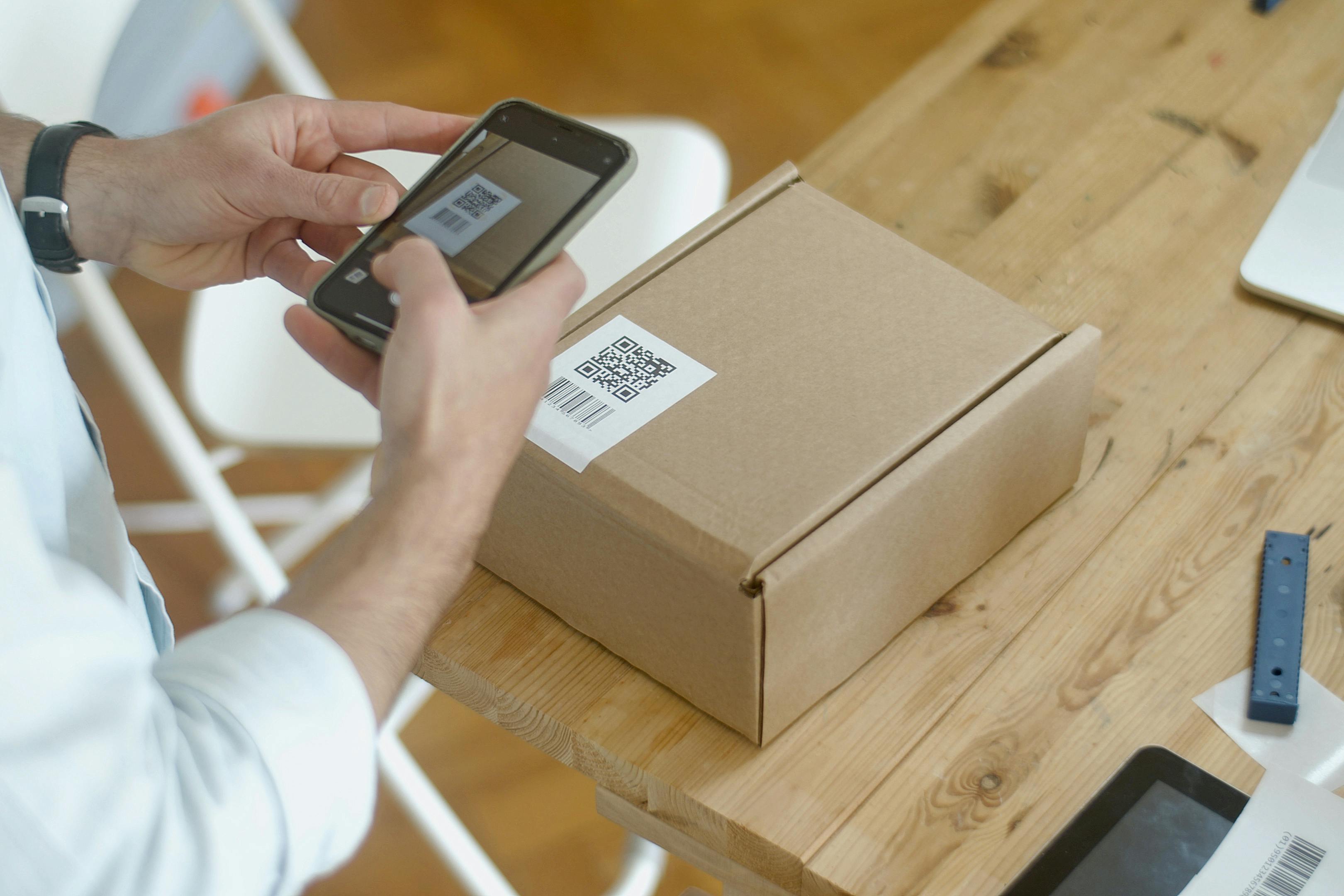Case Study: How a Cafe Boosted Orders with QR Codes
Discover how a local cafe used QR codes powered by short URLs to streamline ordering and increase sales.
Published on July 16, 2024

Cafes often struggle with high customer traffic during peak hours, leading to long queues and missed sales. This case study explores how "The Daily Grind," a local cafe, used QR codes and short URLs to streamline ordering, boost sales, and enhance customer satisfaction. This approach offers insights for businesses seeking to optimize operations with accessible technology.
The Challenge: Bottlenecks and Lost Customers
"The Daily Grind," a popular local cafe, faced significant challenges during its morning rush (7-9 AM). The single cashier became a bottleneck, leading to:
- Long Queues: Deterring potential customers and resulting in lost sales.
- Operational Strain: High pressure on staff, increasing errors.
- Limited Upselling: No opportunity for staff to engage or recommend specials.
- Customer Dissatisfaction: Consistent wait times impacted experience and loyalty.
- Hygiene Concerns: Wariness of shared physical menus and close contact.
The owner needed a cost-effective solution to handle more orders without expensive renovations or compromising the cafe's atmosphere.
The Solution: A Seamless QR-Powered Ordering System
The cafe owner implemented a "scan to order" system using QR codes and short URLs to divert ordering traffic from the cashier. Key steps included:
- Mobile-Friendly Online Menu: A simple, responsive webpage with their full menu, descriptions, customizable options, and secure online payment. This eliminated physical menus and reduced contact points.
- Memorable Short URL: A URL shortening service created a custom, memorable short link (e.g., `mnfy.in/grind`). This was crucial for:
- Simpler QR Codes: Shorter URLs create less dense, more reliable QR codes.
- Brand Recall: Easy to remember and type directly.
- Dynamic QR Codes: High-resolution QR codes were generated from the short URL. Being dynamic, the QR code wouldn't need reprinting if the menu URL changed. These were strategically placed on tables, near the entrance with a clear call to action ("Skip the Line! Scan to view the menu and order now."), and at the counter.
- Staff Training: Staff were trained to encourage customers to use the new system, explaining its benefits for faster service.
This multi-pronged approach provided clear, convenient access to the new ordering system, making it an attractive alternative to waiting in line.
The Results: A Transformative Impact on Operations and Revenue
The implementation of the QR-powered ordering system at "The Daily Grind" yielded immediate and significant positive outcomes, transforming their operational efficiency and directly impacting their bottom line. The initial investment in setting up the online menu and generating QR codes was minimal compared to the substantial returns.
- 20% Increase in Morning Sales: This was the most striking and direct impact. By alleviating the bottleneck at the cashier, the cafe could process a significantly higher volume of orders during their peak 7-9 AM rush. Customers who previously walked away due to long lines now had a quick and convenient alternative, leading to a measurable boost in revenue. This increase wasn't just from new customers, but also from existing ones who could now order more frequently or add items without feeling the pressure of a queue.
- Drastically Reduced Wait Times: The primary pain point for both customers and staff was the long queue. With a substantial portion of orders now being placed digitally, the physical line at the counter became much shorter, often non-existent. This freed up the cashier to focus on fulfilling orders, handling cash payments, and providing a more personalized experience for those who still preferred traditional ordering.
- Improved Operational Flow: The kitchen staff also benefited from the new system. Digital orders often came in more clearly and were less prone to miscommunication than verbal orders taken in a noisy environment. This led to fewer errors, faster preparation times, and a smoother workflow throughout the cafe.
- Valuable Data and Analytics: The use of a URL shortening service for the QR codes provided invaluable insights. The cafe owner could now track:
- Scan Volume: Exactly how many times the QR code was scanned each day, indicating the popularity and adoption rate of the new system.
- Peak Ordering Times: More precise data on when customers were placing orders, allowing for better staffing and inventory management.
- Popular Menu Items: Digital orders provided clear data on which items were most frequently ordered, helping with menu optimization and ingredient stocking.
- Enhanced Customer Satisfaction and Loyalty: Less waiting time directly translated to happier customers. The convenience of ordering from their table or even on their way to the cafe significantly improved the overall customer experience. Happy customers are more likely to return, recommend the cafe to others, and become loyal patrons. The perception of a modern, efficient cafe also boosted its brand image.
- Increased Upselling Opportunities (Indirect): While the digital system didn't directly upsell, the reduced pressure on the cashier allowed them more time to engage with customers who did approach the counter, leading to more natural upselling conversations. Furthermore, the digital menu itself could be designed to subtly suggest add-ons or premium items.
- Future Scalability: The digital infrastructure laid the groundwork for future enhancements, such as loyalty programs integrated with the online ordering system, personalized promotions based on order history, or even delivery services.
The success of "The Daily Grind" demonstrates that even seemingly small technological interventions, when strategically applied, can lead to profound improvements in business performance. The QR code system didn't just solve a problem; it created new opportunities for growth and customer engagement.